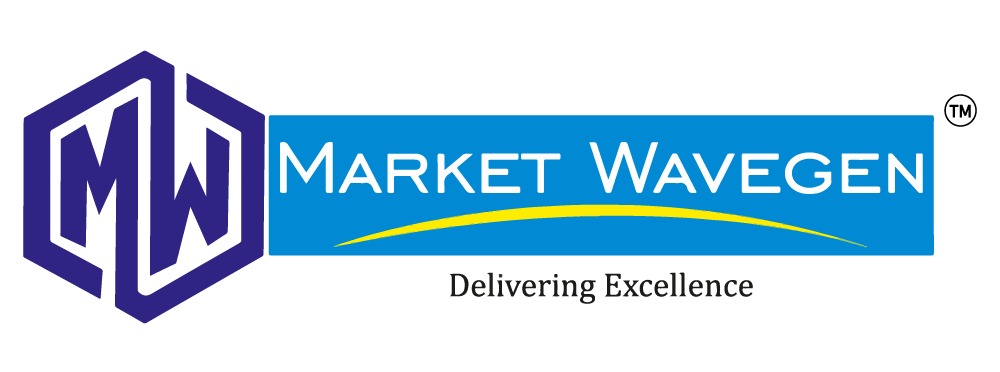Data analytics is no longer just for big corporations with deep pockets. Small businesses are now leveraging the power of data to make smarter decisions and gain a competitive advantage. In this blog post, we’ll explore best practices and solutions that small businesses can use to get the most out of their data analytics efforts.
Start with Clear Goals and Objectives
Before diving into data analytics, it’s important to define clear goals and objectives. What do you want to achieve with your data? What insights are you hoping to gain? By starting with clear goals, you can focus your efforts and avoid getting lost in the data.
Collect and Clean Data Regularly
Data quality is critical to the success of data analytics. Inaccurate or incomplete data can lead to incorrect conclusions and bad decisions. Small businesses should make sure that data is collected regularly and cleaned to remove any errors or duplicates.
Use Cloud-Based Analytics Tools
Small businesses can take advantage of cloud-based analytics tools to streamline their data analytics efforts. Cloud-based tools are cost-effective and scalable, allowing small businesses to start small and grow as their needs change.
Implement Visualization Techniques
Data visualization techniques can help small businesses make sense of complex data sets. By using charts, graphs, and other visualizations, small businesses can quickly identify trends and patterns that might not be apparent from raw data.
Embrace Machine Learning and AI
Machine learning and AI technologies are becoming more accessible to small businesses. These technologies can help small businesses automate routine tasks and make predictions based on historical data. For example, machine learning algorithms can be used to predict which customers are most likely to make a purchase or which products are likely to sell out.
Protect Your Data
Data privacy and security should be a top priority for small businesses. It’s important to implement best practices for data protection, such as using secure passwords, limiting access to sensitive data, and backing up data regularly.
In conclusion, small businesses can use data analytics to gain a competitive advantage in their industries. By starting with clear goals, collecting and cleaning data regularly, using cloud-based analytics tools, implementing visualization techniques, embracing machine learning and AI, and protecting data, small businesses can make smarter decisions and achieve their business objectives.

